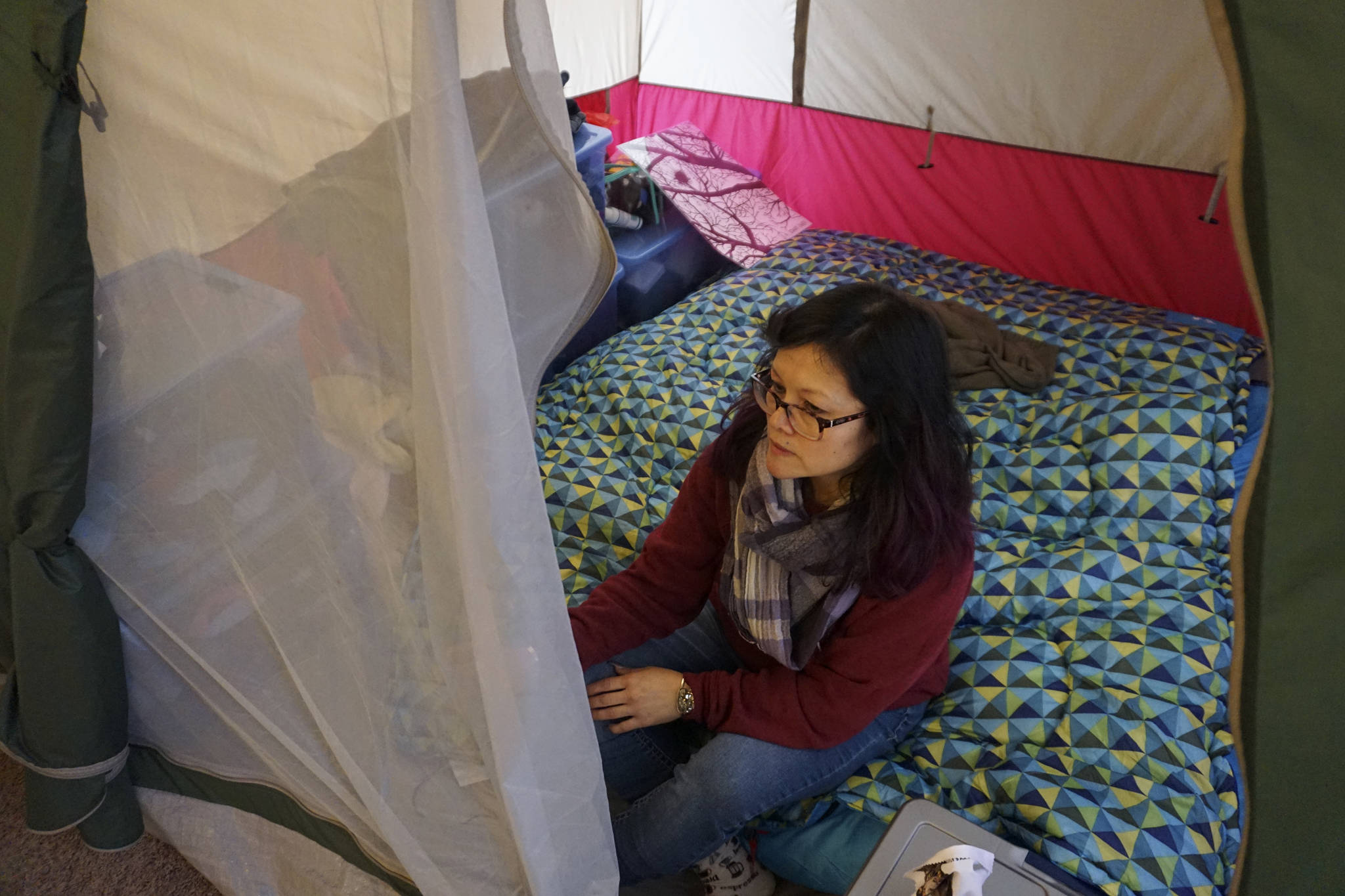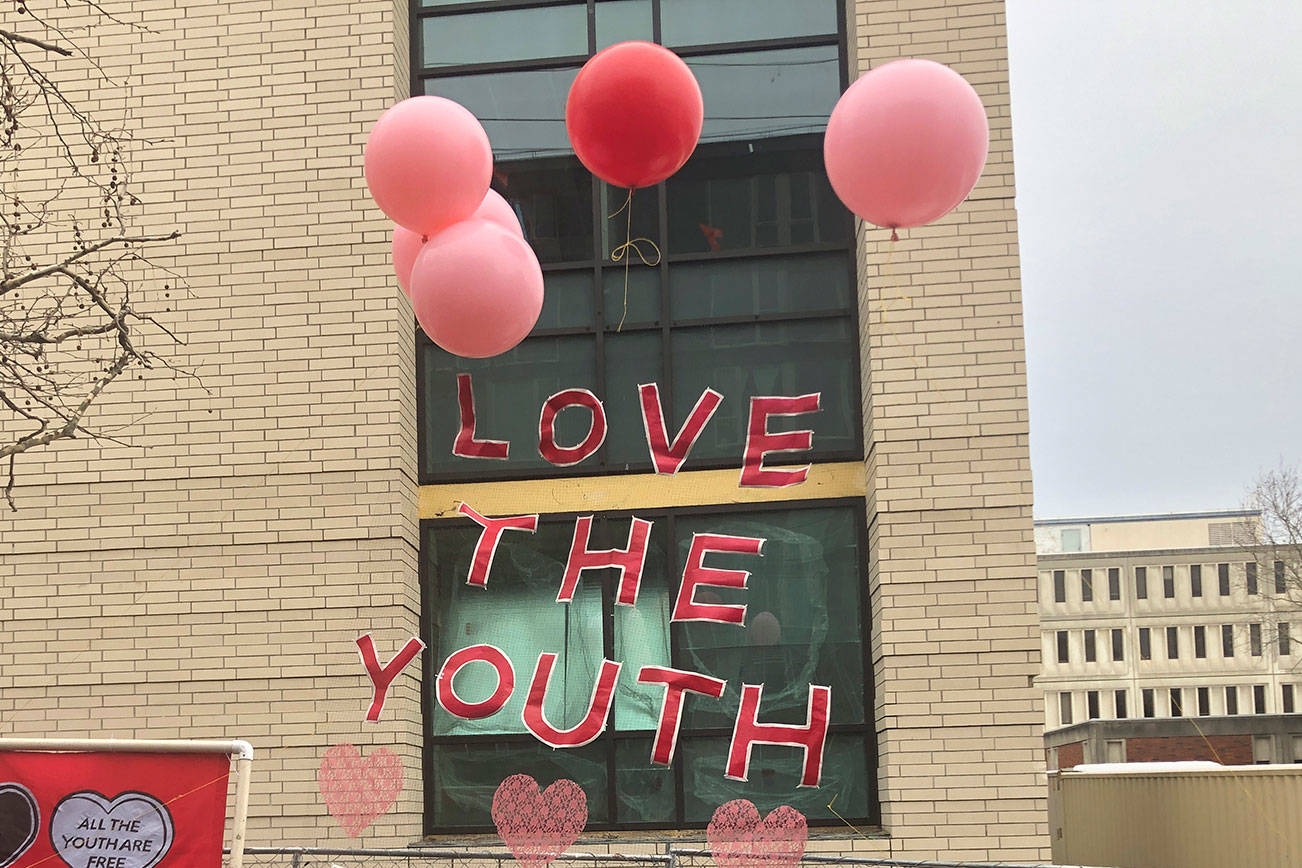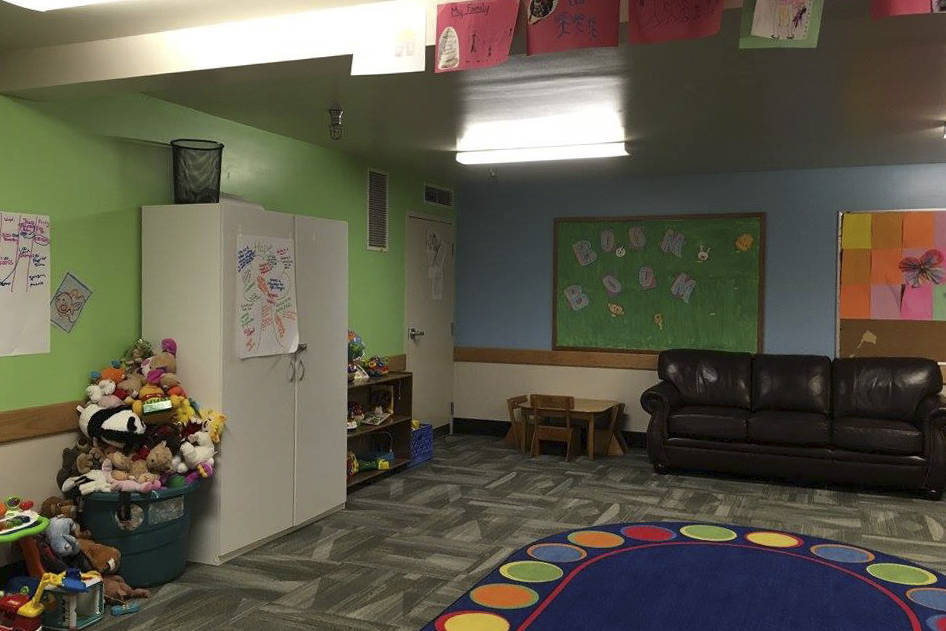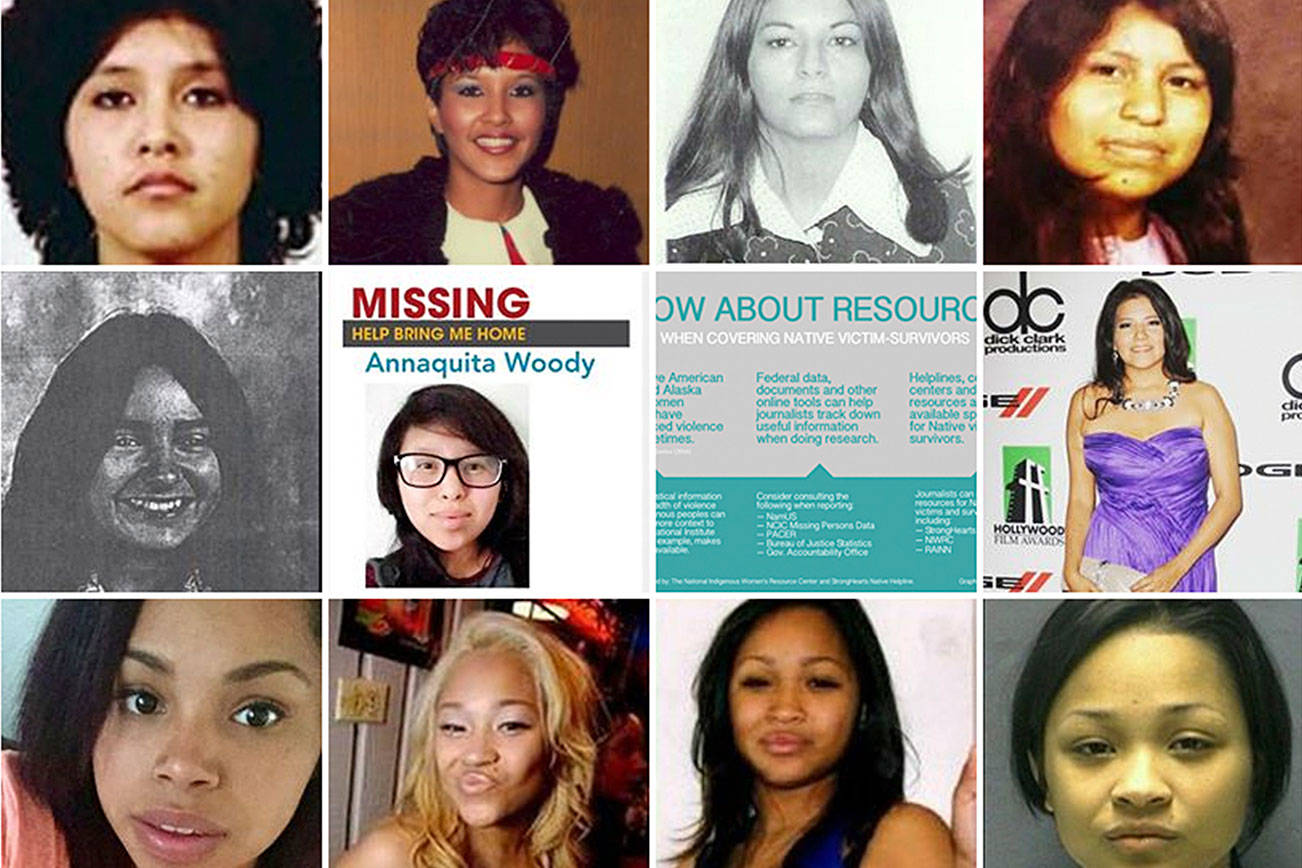In the summer of 2016, Georgetown carpenter Jesse Moore was scrolling through a neighborhood social networking site when a post got his attention. The subject was the difficulty of walking and bicycling around Georgetown and neighboring South Park. The post called for a community gathering to discuss the area’s inaccessibility, which piqued his interest. Over the past 25 years, Moore has lived in a number of Seattle neighborhoods, but he says Georgetown is by far the most unwalkable.
“It just seemed like a place where, when it came to designing streets, they just forgot people lived in the Duwamish Valley. They only thought that cars and trucks lived there,” Moore said, chuckling.
Georgetown and South Park are only two miles apart, but are divided by East Marginal Way—a busy six-lane freight route teeming with trucks and cars heading to rail yards, industrial businesses, and Port of Seattle driveways. The corridor cuts off the two communities from accessing basic services on either side, like the banks and dental clinic in Georgetown or the public library and health clinic in South Park. Moreover, East Marginal Way is considered a “high-crash corridor,” according to the Seattle Department of Transportation, yet it lacks accessible sidewalks.
But through the advocacy of Moore and his neighbors, the adjacent communities boasting more than 8,500 residents will soon become connected through a 1.8 -mile bicycle and walking trail that is separated from traffic.
On Monday, the City Council approved $600,000 in the 2018 budget for the public outreach, planning, and designing of the trail. Construction is slated to begin by 2020. Moore believes the project has the potential to revitalize Georgetown and South Park’s main thoroughfares. Its connection to a greater network of pathways would also better connect the entire city, he adds.
The project is the result of an organizing effort that has last longer than a year. Shortly after reading the post, Moore and about 12 residents from South Park and Georgetown formed the volunteer-led group, Duwamish Valley Safe Streets, which seeks to improve walking and biking connections in the two areas. They began meeting monthly at breweries in South Park and Georgetown to share their experiences and brainstorm solutions to the area’s inaccessibility.
Soon thereafter, the neighbors joined nonprofit Seattle Neighborhood Greenways, a coalition of 16 neighborhood groups that advocates for safe streets and community-led projects.
Widespread support for a trail became apparent in January 2017, after the City of Seattle held a community meeting in Georgetown about the Georgetown Tiny Houses Villages, a city-sanctioned homeless encampment that would house about 70 people.
In anticipation of the new neighbors, Moore thought: “Man, we don’t have public internet, we don’t have a public health clinic, we don’t have a community center, we don’t have services and the nearest ones are less than a mile away in South Park, but there’s no sidewalks or crosswalks. It’s a real hostile environment getting over there.”
In an effort to show the magnitude of the area’s inaccessibility, Moore and his neighbors invited Councilmember Lisa Herbold and several city officials on a walk from the Georgetown Tiny House Village to South Park in February. They walked along the slight sidewalks on East Marginal Way, traversed the route’s only cross walk that led to a dirt track paralleling the train tracks, and ended their journey by crossing over a bridge to South Park.
The laborious trek didn’t immediately spur the city into action, but Moore says that it opened up community dialogue about a need for safer passageways.
The group held discussions with merchants, neighborhood associations, and the Georgetown Community Council, who agreed that a trail would benefit both neighborhoods.
“We are confident that your efforts to build a safe walking/biking connection between South Park’s business district and the Georgetown business district would be a wonderful improvement to our neighborhoods,” wrote South Park Merchants Association Coordinator Rocio E Arriaga in a letter of support to the group.
Then the Seattle Department of Transportation released a Georgetown Mobility Study in June that rated a passageway between Georgetown and South Park as one of the highest priorities. For Moore, the study just “confirmed what we already knew,” he said.
Bolstered by the support of the community, the group presented a trail proposal to the City Council’s transportation committee in October. Seattle Neighborhood Greenways provided Moore and his neighbors with lobbying advice and facilitated discussions with city officials.
That same month, Council President Bruce Harrell authored a proposal to fund the planning, outreach and design of the project, which was supported by Councilmembers Mike O’Brien, Rob Johnson, and Lorena González. Seattle Neighborhood Greenways Executive Director Gordon Padelford told Seattle Weekly that he’s unsure how much the construction of the project will cost at this stage.
“This is a really critical investment, especially in Georgetown and South Park that often feel left out from the community of Seattle investments,” Padelford said.
The city has a long history of building expansive greenways like the Burke-Gilman Trail, Padelford notes. “This is a little different in that it’s not as focused on recreational uses. It’s really focused on community members’ basic needs,” he added.
The trail would not only connect retail businesses in Georgetown’s Festival Street business district to the South Park Plaza, it would also connect to existing bicycle pathways in the city’s southern end; such a network would facilitate greater access to transportation and services throughout the city, says Moore.
“We’re just really appreciative that the City Council has listened to the people of Georgetown and South Park and I’m really encouraged about their listening and the investment that’s being made in our communities,” Moore said. “I hope that that can continue.”
mhellmann@seattleweekly.com








